Patron of Ireland | 498-618 | Feast Day June 3rd
Since no biography of this holy hermit was written until 600 years after his death, the facts of his long life (120 years!) are scarce. Kevin, his name anglicized from Coemgen or ‘of blessed birth’ was born of the royal line of the kingdom of Leinster. Educated by monks, Kevin, while still a boy, vowed to spend his life in solitude away from the world, worldliness, and pesky people. Instead, he would pray and create a unity with nature.
Kevin settled in the lonely countryside of Glendalough, Wicklow, living as a barefoot ascetic, wearing animal skins and, saving the occasional herbs, eschewing food. He lived in a man-made cave, three feet high, two feet wide, carved into the side of a mountain. The cave is still here and still known as St. Kevin’s Bed.
But he could only hide so long. During the seven years of his solitude, word had gotten out about the holy man in a cave. Disciples came from all over Ireland to join him and live by his example. Kevin, reluctantly, left his isolation and founded the Glendalough Monastery with himself as abbot. His followers became the most enthusiastic monks who established Glendalough as an influential educational and cultural center, a “monastic city.” But its abbot still retreated to his cave every night.
When all of Glendalough was devastated by the English in 1398 the tiny St. Kevin’s Bed survived. Over the centuries, the cave became a meditation place for the devout (including the great St. Lawrence O’Toole), an excellent hiding place for rebels on the run (Michael Dwyer), and lives on today as a tourist attraction.
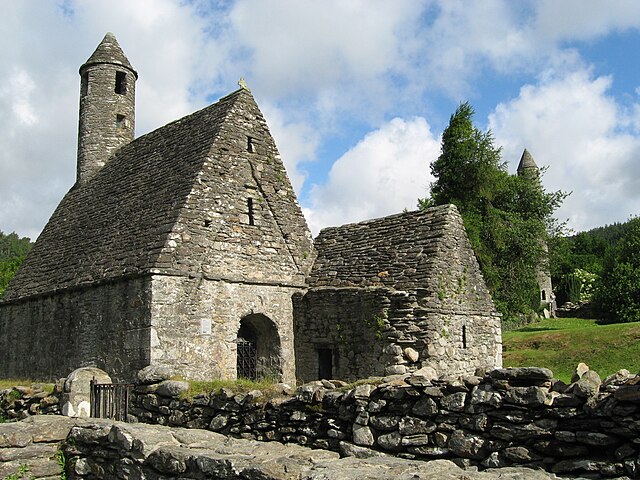
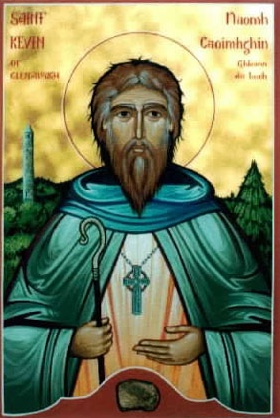
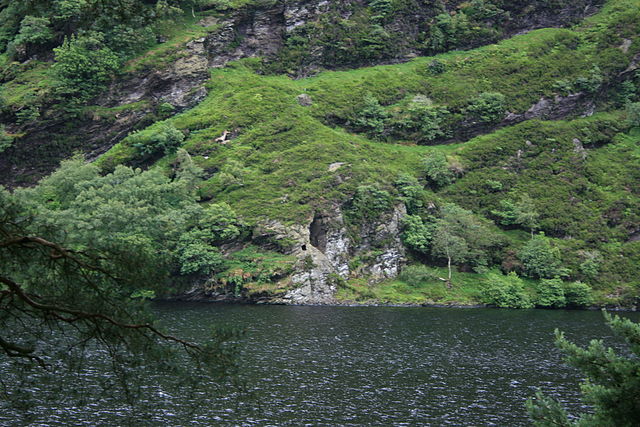
During his lifetime, Kevin communed with animals, often in miraculous ways. At birth, he was nursed by a white cow, as an abbot he employed an otter to supply the monastery with salmon and once restored a goose to its youth.
But St. Kevin is best known for his time with a blackbird. One morning, he was kneeling in his cave, arms outstretched in prayer, a blackbird flew on his upturned hand and laid her eggs. For two weeks, Kevin remained as motionless as a tree, his arm serving as a branch for the new family, until the fledglings hatched and flew away.
The story lent itself to different interpretations: it has been likened to a case of extreme Zen meditation; called “a parable of self-sacrifice and self-forgetfulness”; and even seen as a prayer wherein the body enters the cycles of the natural world. But Seamus Heaney figured it out for us. Below is his 2009 poem, “St. Kevin and the Blackbird” and a video of him reading his work.
St. Kevin and the Blackbird
And then there was St Kevin and the blackbird.
The saint is kneeling, arms stretched out, inside
His cell, but the cell is narrow, so
One turned-up palm is out the window, stiff
As a crossbeam, when a blackbird lands
And lays in it and settles down to nest.
Kevin feels the warm eggs, the small breast, the tucked
Neat head and claws and, finding himself linked
Into the network of eternal life,
Is moved to pity: now he must hold his hand
Like a branch out in the sun and rain for weeks
Until the young are hatched and fledged and flown.
And since the whole thing's imagined anyhow,
Imagine being Kevin. Which is he?
Self-forgetful or in agony all the time
From the neck on out down through his hurting forearms?
Are his fingers sleeping? Does he still feel his knees?
Or has the shut-eyed blank of underneath
Crept up through him? Is there distance in his head?
Alone and mirrored clear in love's deep river,
'To labour and not to seek reward,' he prays,
A prayer his body makes entirely
For he has forgotten self, forgotten bird
And on the riverbank forgotten the river's name.
– Seamus Heaney

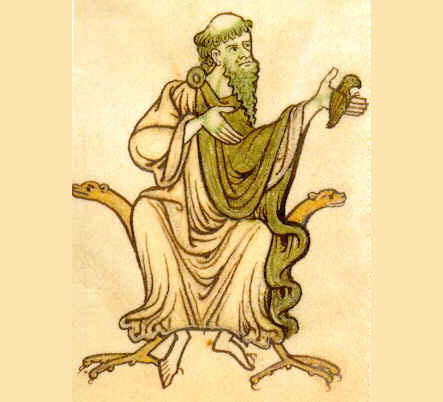
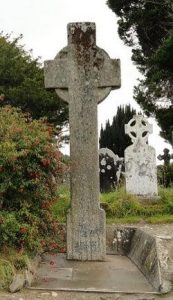
This was absolutely beautiful! The reading by the man himself was a delight. Having been to St. Kevin’s sacred grounds, hearing this reading catapulted me back there….in a reverenced silence as I listened to Mr. Heaney reading his beautiful poem. Thank you for sharing this.